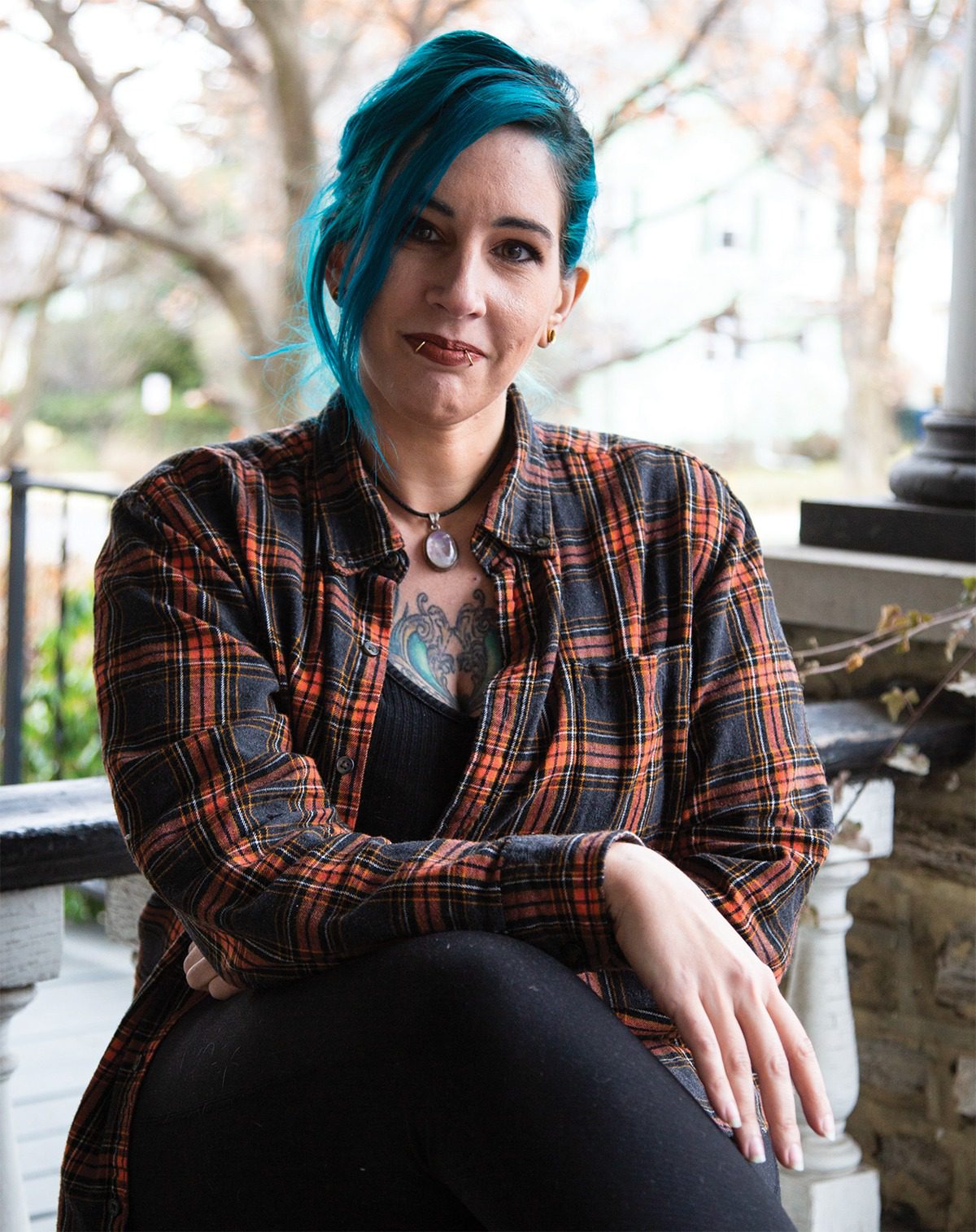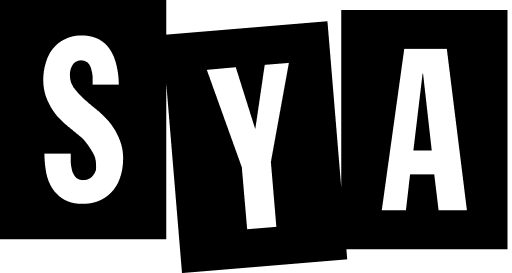
photo by Elizabeth Rudge
I was 23, fresh out of college and working part- time at a craft store. My partner and I had been friends for years before our relationship became something more, which felt promising but uncertain. We lived in the same house with about 15 roommates, and most of our free time and resources were focused on drinking and exploring our vices.
I’d been off hormonal birth control since graduating and losing access to student health services. I was relying on condoms as a sole means of protection, which made me nervous—I’m a person who likes redundancy and multiple layers of security. I was looking into an IUD, trying to figure out how Planned Parenthood to discuss my options. But my prescreening pregnancy test informed me that I was a few weeks too late.
My partner and I had already discussed our feelings about reproduction, which made the situation more straightforward. We each leaned toward not wanting children at all—certainly not now, when our lives were nothing more than working and drinking. Even if we wanted to (which we were pretty certain we didn’t), we’d only been together for four months and there was no guarantee we’d still be involved in another nine. We weren’t suited to be parents; we were barely functioning as adults. When I learned I was pregnant, we revisited our previous conversation and decided that we still felt the same. I scheduled the procedure.
At this time, Pennsylvania had a waiting period and other criteria to have an abortion. As if the situation isn’t stressful enough, you’re up against a time limit and other arbitrary restrictions that hinder your ability to get the care you need in a timely fashion. I’d faced the possibility of unwanted pregnancy since I started having sex at 17. Abortion wasn’t a decision I made quickly or lightly; it was something I thought about every month, in the anxious day or two before I got my period. An extra 24 or 48 hours wasn’t going to influence my decision, but it could influence my treatment options.
I’m grateful that I had the means and mobility to get to a clinic in New Jersey instead, which didn’t have the waiting period. They scheduled my appointment quickly and with no grief; we discussed my options without any judgment or stigma. They treated abortion like any other outpatient procedure, and me like any other patient making an informed choice for my personal health. I had my abortion with minimal stress, and as soon as my menstrual cycle returned to normal, I was able to get my IUD—thanks again to my local Planned Parenthood.
It’s been 10 years. I turned 34 last week, and I’m grateful for the life I’m living, made possible by a single, safe, legal medical procedure. I’m grateful for a supportive, communicative partner, who helped me scrape together the money necessary for an abortion in a hurry—10 years ago, that $400 was one of our rent payments for an entire month. If finding that money was hard, how impossible would it have been for us to support an additional human?
My same partner and I are still together. We’ve been married for four years and have a very nice dog, which was the final step in our decision to never have children. I have health insurance now, and at my next gyno checkup I’ll be deciding whether to get a fresh IUD, or if I’m finally a candidate for something permanent.
